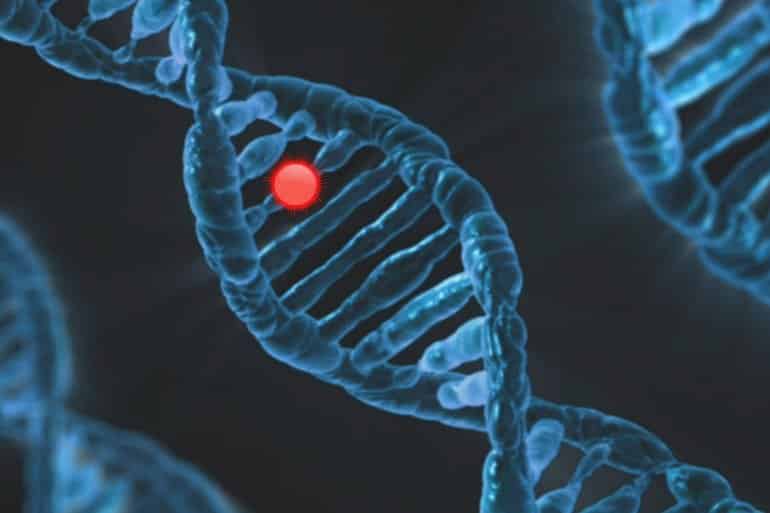A recent study has introduced an innovative nanogel capable of delivering anti-inflammatory drugs directly to glial cells, showing promise in treating spinal cord injuries that lead to paraplegia or quadriplegia.
Innovative nanogels developed by researchers have shown effectiveness in targeting glial cells for the treatment of spinal cord injuries, offering a new avenue for therapeutic intervention.
In a study published in Advanced Materials, researchers Pietro Veglianese, Valeria Veneruso, and Emilia Petillo from Istituto di Ricerche Farmacologiche Mario Negri IRCCS in collaboration with Filippo Rossi of the Politecnico di Milano have demonstrated that an innovative nanovector (nanogel), which they developed, is able to deliver anti-inflammatory drugs in a targeted manner into glial cells actively involved in the evolution of spinal cord injury, a condition that leads to paraplegia or quadriplegia.
Challenges in Current Treatment Approaches
Treatments currently available to modulate the inflammatory response mediated by the component that controls the brain’s internal environment after acute spinal cord injury showed limited efficacy. This is also due to the lack of a therapeutic approach that can selectively act on microglial and astrocytic cells.
Nanogel – Scheme of selective drug treatment in the central nervous system. Credit: Politecnico di Milano – Istituto Mario Negri
Nanogel Development and Efficacy
The nanovectors developed by Politecnico di Milano, called nanogels, consist of polymers that can bind to specific target molecules. In this case, the nanogels were designed to bind to glial cells, which are crucial in the inflammatory response following acute spinal cord injury.
The collaboration between Istituto di Ricerche Farmacologiche Mario Negri IRCCS and Politecnico di Milano showed that nanogels, loaded with a drug with anti-inflammatory action (rolipram), were able to convert glial cells from a damaging to a protective state, actively contributing to the recovery of injured tissue.
Nanogels were shown to have a selective effect on glial cells, releasing the drug in a targeted manner, maximizing its effect, and reducing possible side effects.
Insights and Future Directions
“The key to the research was understanding the functional groups that can selectively target nanogels within specific cell populations,” explains Filippo Rossi, professor at the Department of Chemistry, Materials and Chemical Engineering ‘Giulio Natta’ at Politecnico di Milano. “This makes it possible to optimize drug treatments by reducing unwanted effects.”
“The results of the study,” continues Pietro Veglianese, Head of the Acute Spinal Trauma and Regeneration Unit, Department of Neuroscience at Istituto Mario Negri, “show that nanogels reduced inflammation and improved recovery capacity in animal models with spinal cord injury, partially restoring motor function. These results open the way to new therapeutic possibilities for myelolysis patients. Moreover, this approach may also be beneficial for treating neurodegenerative diseases such as Alzheimer’s, in which inflammation and glial cells play a significant role.”


